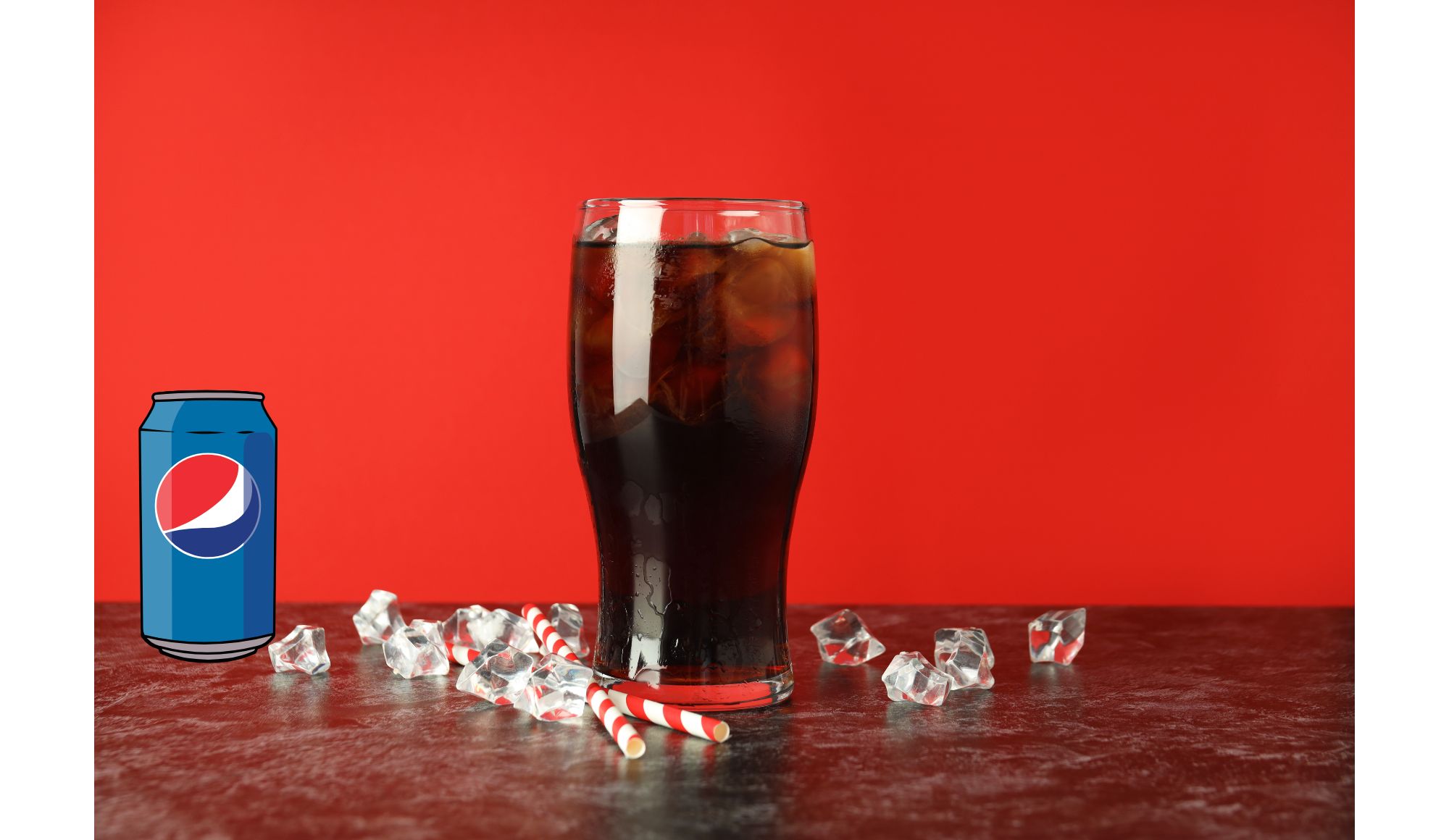Pepsi’s Dividend Near All-time Highs
PepsiCo just kicked off 2025 on the wrong foot, posting disappointing first-quarter results and slashing its full-year guidance. The market didn’t take it lightly. Shares tumbled to a fresh 52-week low, and are now down over 19.8% over the 6 months, approaching levels not seen in nearly five years.
But here’s the twist, while the stock price has soured, Pepsi’s dividend yield has sweetened to 4.05%, near the highest in years. For a Dividend King with 52 straight years of payouts on the rise, that’s a compelling figure for income-seeking investors.
So what’s gone wrong and is there still a reason to own Pepsi today?
Key Points
- Pepsi’s earnings slipped and guidance was cut, but its 4.05% dividend remains secure, backed by strong cash flow.
- Pepsi is shifting to smaller packages and lower-priced multipacks to match changing consumer spending habits.
- With health-focused acquisitions and a discounted valuation, Pepsi has a strong yield and future growth potential.
Weak Results, But the Dividend Isn’t in Danger
Pepsi’s top-line revenue declined nearly 2%, while core constant currency earnings per share fell 4%.
Flat beverage sales and a 3% drop in snack volumes highlight the growing pressure on consumers, especially in the U.S. and emerging markets.
CEO Ramon Laguarta didn’t sugarcoat the situation, warning of more volatility ahead due to trade tensions, rising supply chain costs, and muted global demand.
Despite that grim backdrop, Pepsi still plans to return $8.6 billion to shareholders this year through $7.6 billion in dividends and $1 billion in share buybacks. Importantly, the dividend looks secure thanks to Pepsi’s consistent profitability and resilient cash flows.
Consumers Are Shifting and Pepsi’s Trying to Keep Up
One of the biggest headwinds Pepsi faces isn’t just economic, it’s behavioral. More shoppers are now laser-focused on the absolute dollar amount they spend, rather than unit value.
In response, Pepsi is leaning into smaller single-serve packaging and lower entry-price multipacks to stay relevant. For example, it’s offering 10-count snack multipacks at reduced prices to entice frequency over bulk buying.
This shift isn’t just about inflation, it’s about psychology. Consumers don’t want to feel like they’re overspending, even if the per-unit cost is higher. That change in perception is forcing Pepsi to get more creative with packaging and pricing strategies.
Quietly Repositioning for the Future
While its core snack and soda business faces headwinds, Pepsi is subtly reshaping its product portfolio for the long haul. In the last six months, it’s acquired full ownership of Sabra and Obela dips, Siete Foods, a health-forward Mexican-American food brand, Poppi, a popular prebiotic soda company.
These acquisitions won’t move the needle right away, but they mark a clear pivot toward health-conscious, trend-aligned offerings.
Investors should view them not as flashy headlines, but as Pepsi laying the groundwork for where it sees consumer demand heading over the next decade.
A High-Yield Stock at a Discounted Price
With updated guidance implying 2025 core EPS of $7.92, Pepsi now trades at just 16.8x forward earnings, a steep discount for a company with its dividend pedigree, pricing power, and global scale. The sell-off may be overdone, especially considering the stock’s rock-solid balance sheet and consistent free cash flow.
That said, Pepsi has taken on more debt to fund recent acquisitions. Leverage remains manageable, but it’s something to keep an eye on. Investors should watch whether management prioritizes paying down debt in the quarters ahead, especially if revenue growth remains tepid.
The Setup for Patient Investors Looks Appealing
Pepsi isn’t a momentum play right now. Short-term results are underwhelming, and management sounds cautious. But that’s often when value investors find the best opportunities.
With expectations reset, a durable 4.1% yield, and efforts underway to evolve its portfolio, Pepsi doesn’t need to blow the doors off to reward long-term shareholders. If it even modestly outperforms its lowered guidance, upside surprises could follow.
For investors with a 3- to 5-year horizon who want exposure to a defensive, income-generating stock with room to adapt, Pepsi deserves a spot on the watchlist, and maybe even in the portfolio.



